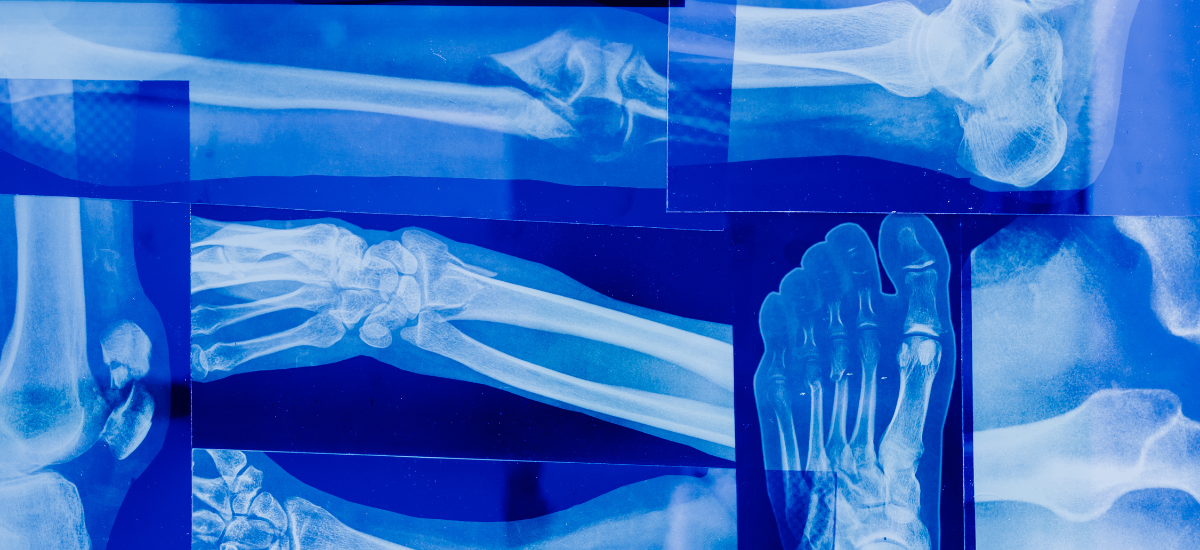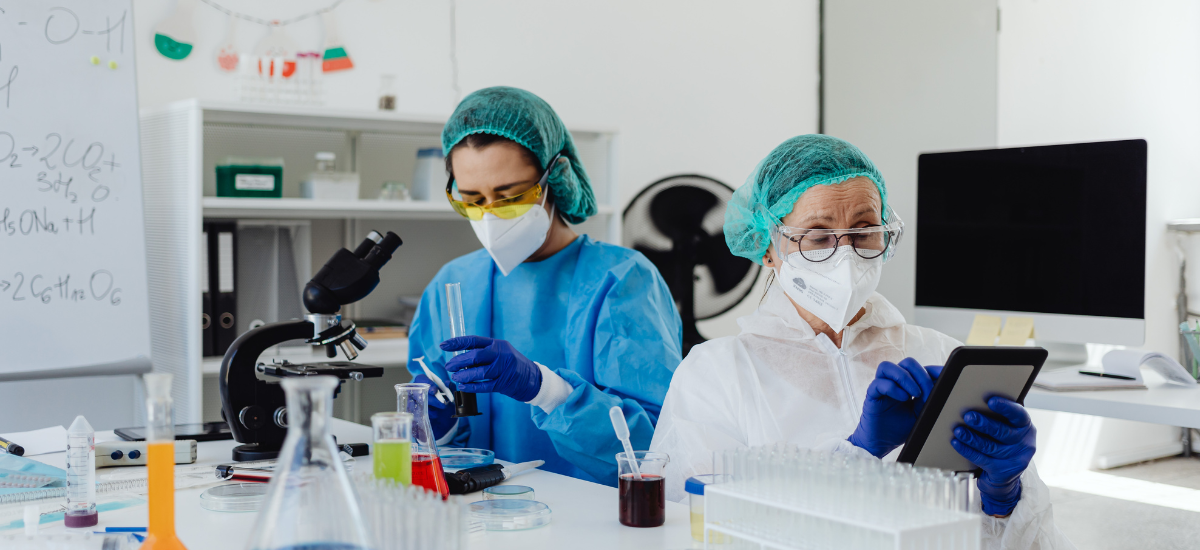
Osteoporosis is a medical condition in which bones, especially of the hip, spine, and wrists, lose density and thickness, becoming weak and more prone to fractures. Osteoporosis affects an estimated 10.2 million people in the United States (US) but disproportionately impacts women; around 80% of cases affect women over the age of 50. A woman’s risk of breaking a hip due to osteoporosis is equal to their combined risk of breast, uterine, and ovarian cancer, with one in two women over age 50 experiencing an osteoporosis-related fracture. The impact of osteoporosis, particularly in women, underscores the importance of gaining a deeper understanding of the disease to pave the way for advanced treatments.
While it is known that the immune system plays a role in exacerbating bone loss in osteoporosis, the underlying mechanisms remain unclear. Complement components have been associated with the negative changes to bone health, and locally generated C3a and C5a have been reported to play a role in regulating bone homeostasis. Given this, Dr. Girdhari Lal, Scientist in the Biotechnology Research and Innovation Council at the National Centre for Cell Science in Pune, India, investigated how C3 regulates the differentiation of osteoblasts (bone-forming cells) and osteoclasts (cells responsible for bone resorption) in the context of osteoporosis.
The study, published in The Journal of Immunology, found that a deficiency of C3 led to decreased differentiation of osteoclasts. When compared to normal controls, the decrease in osteoclast function in C3-deficient mice led to increased bone health, including bone density, trabecular space, and bone parameters associated with better strength.
“Our findings provide an interesting avenue that suggests that inhibition of C3 could have therapeutic applications in bone biology, including in the preservation of bone mass, and in the prevention of bone damage and fragility,” shared Dr. Lal.
To mimic osteoporosis in women over 50, the researchers also investigated the role of C3 in C3-deficient mice with ovariectomy-induced post-menopausal osteoporosis. Researchers observed that mice deficient in C3 exhibited enhanced protection against ovariectomy-induced bone loss, suggesting the importance of C3 in bone cells and regulatory immune cells, as well as its role in the pathological conditions of bone.
“This study not only strengthens our understanding of bone biology and the involvement of C3 but also presents an opportunity to explore complement and complement receptors to develop potential therapeutics that can be leveraged for significant societal benefits in addressing osteoporosis and bone fractures in women and older adults,” shared Dr. Lal.
The researchers are continuing this work by investigating how the bone-immune axis contributes to the regulation of bone health and the management of bone disorders. They are also exploring the cellular and molecular mechanisms that underlie bone regeneration and how this could be leveraged to control bone disorders and diseases.
The full research paper can be found in The Journal of Immunology (The JI), published by the American Association of Immunologists. As one of the most highly cited journals in the field of immunology, The JI is committed to describing novel findings in all areas of experimental immunology, including basic and clinical studies.




